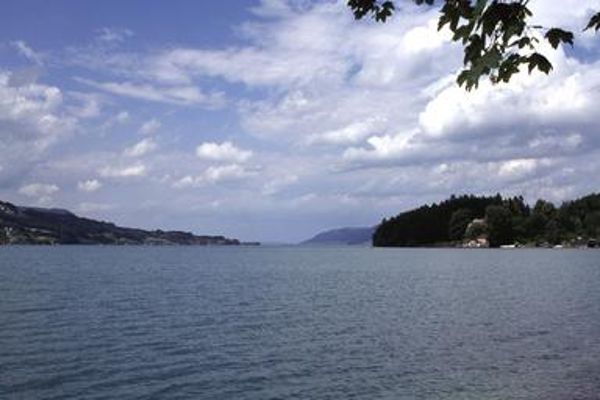Overview of Austrian Water Management

The tasks, objectives, and challenges of Austria’s water policy comprise three big areas: Resource protection, regulation of use, and flood control.
1. Protection of the resource water and of all water bodies
The Austrian water legislation (Water Rights Act 1959 as amended) sets clear targets concerning the protection of surface water bodies and of groundwater.
For rivers, lakes and groundwater, the “good status” is to be achieved, for artificial and heavily modified waters the goal is to reach the "good potential". Where water bodies are already significantly impaired, the key objective is to restore the good status. At the same time a “prohibition of deterioration” exists, which means that the status of waters must not be further aggravated.
The Austrian water policy follows the provisions of the European Water Framework Directive (EU WFD) which provides for a Europe-wide reorientation of water and water protection policies.
The water management plans determine how the desired target (“good status”) for waters can be achieved (National Water Management Plan 2009).
In general, rivers are to obtain their dynamic habitats again and should be able to flow freely; fish should be able to migrate and to reach their spawning grounds.
Comprehensive monitoring programmes are among the most important cornerstones of the precautionary environmental and water protection practised in Austria.
The protection of water resources for the supply represents a special objective in water management. Groundwater and spring water have to be kept so clean that they can be used as drinking water.
To attain this target for example nutrient inputs from agricultural management have to be minimised and pollution from point sources (e.g. contaminated sites) has to be prevented.
Proper disposal of wastewater is another key issue of the Austrian water protection policy. Water protection policy is oriented according to the “precautionary principle” by imposing the obligation of state-of-the-art wastewater treatment. In this way the subsequent cleaning up of contaminated waters is to be avoided. If necessary, more far-reaching requirements on the purification performance have to be imposed to protect waters (combined approach).
2. Regulation of Utilization Claims – Framework Conditions
Water and water bodies are used in many different ways: Drinking water is extracted for public supply; agriculture needs water for irrigation and to supply animals; hydropower is used to generate electricity; technical constructions and regulations provide flood control; the thermal capacity of water is for example used for cooling in industrial plants; wastewater is introduced into water bodies after purification.
Sustainable utilisation and protection of the precious resource water requires planning and regulation. Establishing framework conditions for utilisations is one of the core issues of water management. In this way public interests shall be safeguarded and different utilisation claims shall be regulated.
3. Flood control
A tight net of rivers and brooks flows through and characterises Austrian landscapes. Waters provide valuable living environments, are precious for cultural and economic activities, and constitute an indispensable water resource.
However, the abundance of water can very quickly change from a blessing to a curse. This happens when floods destroy residential areas and traffic routes or, in the worst case, humans are injured and killed. Material damage may quickly amount to a million Euros or more. Protection against these forces of nature is therefore indispensable.
In 2009 alone almost 400 high water and flood events occurred. Losses caused by damage amounted to approximately € 200 million. Other damage amounting to a million Euros could be prevented by already existing flood protection facilities. In the same year the Federal Water Engineering Administration (“Bundeswasserbauverwaltung”, “BWV”) and the Forest Engineering Service in Torrent and Avalanche Control (“Wildbach- und Lawinenverbauung”, “WLF”) initiated and launched 1,650 flood control projects and protective measures. The Federal Government invested over 160 million Euros in these projects. Moreover, flood control measures contribute also to job security.
For settlements and important economic and transport facilities a protection against 100-year flood events (HQ100) should be achieved. Particularly high living, cultural, and economic values, as well as areas with a high damage and hazard potential can also be protected against less frequent flood events.
The construction of flood control facilities is only part of the responsibilities of the Austrian flood control sector. In addition, preventive and passive flood control, i.e. avoiding all activities that add to the flood discharge, are of great importance.
Despite all efforts, a 100% protection against floods is not possible.
One principal task of water management is to raise people’s awareness concerning the limits of protection and the importance of individual precaution measures.